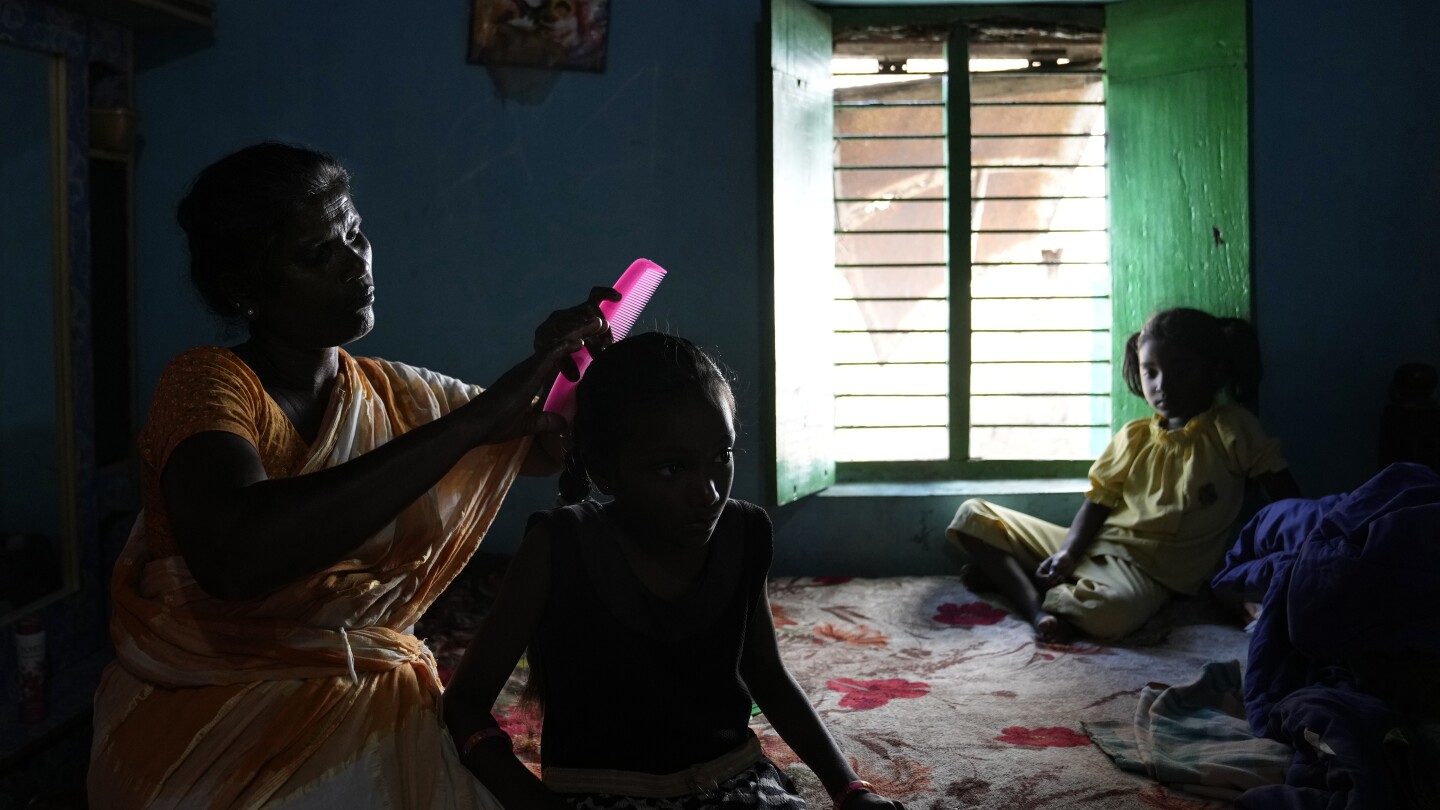Kuwabara’s dilemma is one an increasing number of American consumers face: With shrimp the leading seafood eaten in the United States, the largest supplier in this country is India, where the industry struggles with labor and environmental problems.
The Associated Press traveled in February to the state of Andhra Pradesh in southeast India to document working conditions in the booming industry, after obtaining an advance copy of an investigation released Wednesday by the Chicago-based Corporate Accountability Lab, a human rights legal group, that found workers face “dangerous and abusive conditions.”
In India, residents told the AP newly dug hatcheries and ponds had contaminated neighboring communities’ water and soil, making it nearly impossible to grow crops, especially rice they depend on for food.
Erugula Baby, 51, widowed and destitute, sold her gold jewelry — her only savings — and then took out loan after loan in her rural Indian village as her son lay dying of liver disease. Her debt topped $8,500 and her son didn’t survive. Today she’s raising her granddaughters and trying to repay the loans, help her daughter-in-law get an education and, on a good day, eat a small amount of rice. She said she works in brutal conditions, peeling, cutting and grading shrimp in a factory for less than $4 a day, which is $2 less than minimum wage.


